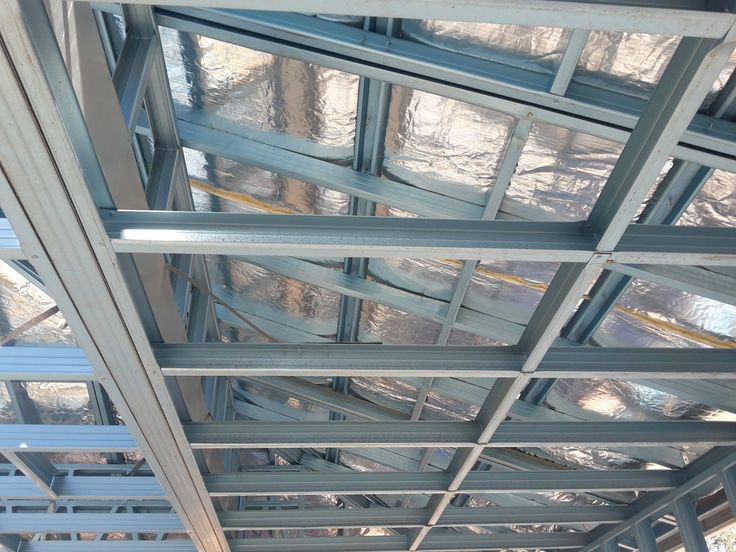When it comes to choosing the right insulation for your roof, two of the most popular options are spray foam insulation and fiberglass insulation roof insulation. Each has its unique characteristics, advantages, and disadvantages. This blog post will provide a detailed comparative analysis to help you make an informed decision.

1. Overview of Spray Foam Insulation
Spray foam insulation consists of a two-component system that expands upon application, filling gaps and creating a seamless barrier against air leaks. There are two main types: open-cell and closed-cell spray foam.
- Open-Cell Foam: This type is lighter and less dense, providing good insulation and soundproofing properties. It allows moisture to escape, making it ideal for areas that may experience humidity.
- Closed-Cell Foam: Denser and more rigid, closed-cell foam offers superior insulation and acts as a moisture barrier. It’s perfect for environments where moisture resistance is essential.
2. Overview of Fiberglass Insulation
Fiberglass insulation is made from fine glass fibers and is available in batts, rolls, or loose-fill. It’s one of the most commonly used insulation types due to its affordability and ease of installation.
- Batts and Rolls: Typically used in unfinished spaces, such as attics and walls.
- Loose-Fill: Ideal for filling irregular spaces and providing coverage in existing structures.
3. Comparative Analysis
| Feature | Spray Foam Insulation | Fiberglass Insulation |
|---|---|---|
| R-Value | R-value of 6 to 7 per inch (closed-cell) | R-value of 2.9 to 3.8 per inch |
| Air Sealing | Excellent air barrier; reduces air leaks | Requires careful installation to minimize air leaks |
| Moisture Resistance | Closed-cell foam offers moisture resistance; open-cell can allow moisture | Not moisture-resistant; requires a vapor barrier |
| Soundproofing | Superior sound-dampening properties | Moderate sound-dampening properties |
| Installation | Requires professional installation; can be messy | DIY-friendly; easy to install |
| Cost | Generally higher initial cost | Lower initial cost |
| Lifespan | Long-lasting; does not sag or settle | Can settle over time, reducing effectiveness |
4. Pros and Cons
Spray Foam Insulation
Pros:
- High R-value per inch
- Excellent air and moisture barrier
- Energy-efficient; reduces heating and cooling costs
- Reduces noise transmission
Cons:
- Higher upfront cost
- Requires professional installation
- Can off-gas chemicals; proper ventilation is necessary during application
Fiberglass Insulation
Pros:
- Cost-effective and widely available
- Easy to install, making it a good DIY project
- Non-combustible and resistant to mold and pests
Cons:
- Lower R-value compared to spray foam
- Potential for air leaks if not installed correctly
- Can lose effectiveness over time due to settling
5. Conclusion
Choosing between spray foam and fiberglass roof insulation ultimately depends on your specific needs, budget, and environmental conditions. If you’re looking for superior insulation and air sealing, spray foam might be the better choice despite its higher cost. However, if you’re on a budget and prefer a DIY-friendly option, fiberglass insulation is a tried-and-true solution.
Before making a decision, consider consulting with a professional insulation contractor to evaluate your specific situation and needs. Proper installation is key to maximizing the performance of any insulation material.
6. Call to Action
Have you installed either spray foam or fiberglass insulation in your home? Share your experience in the comments below! If you have further questions about insulation options, feel free to reach out for expert advice.